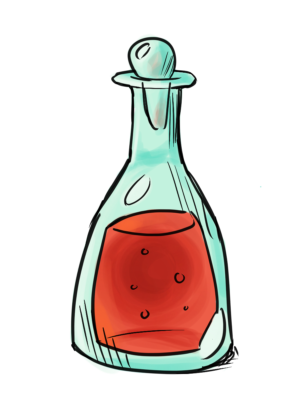What type of Filament should i pick?
Again this question comes up a lot too and while it mostly doesn’t really matter what you pick, as most filaments are working, here is some things that you should note when picking your filament.
PLA VS everything else
Most people go for PLA when printing terrain. No weird odours as ABS can produce, relatively low temperature for printing and is ideal for our work.
Pricepoint vs precision
Most cheaper filaments slack on their precision when making the filament.
When you are using a 1.75mm filament string you will be surprised of how inaccurate that is. More expensive ones like Prusament got a tolerance down to +-0.02mm where as some of the cheaper one can vary up to (for what I’ve seen) +-0.5mm, which heavily influences your final product.
If the printer expect a 1.75mm filament string to come through the extruder and only 1.3mm is delivered you can expect under extrusion.
If this happens in the middle of the print, you can be lucky enough for it to do nothing but slack a bit on the infil, but as soon as the inperfections hit the outside shell of the print, you can expect warps, missed details or in some cases failed prints due to places not printed fully to support items which are printed later in the print.
On the other hand, if the extruder feeds too much filament, you can get unlucky and experience clogs which is a pain in the ass to remove. On some printers it requires you to take the entire extruder apart which can set you back 1-3 hrs depending how fast you are at picking apart your extruder.
Colours
One thing you might note with cheaper filaments is their lack of consistent colour. If you are not painting the print afterwards, then make sure you have some decent looking filament. If you paint it afterwards just go with 1 colour, as they pigment grain doesn’t change too often.
I print a lot which means i go through a lot of filament. As you might have seen from my instagram, i print solely in black. Could i print with other colours? Certainly! Do i want to tweak my printer all the time to accomodate the differences in different colours everytime i change a roll? No.
Again, if you paint your subjects it doesn’t really matter which colour you are using as long as you are happy when they exit the machine.


